The commonsense sailor
Having a fast multihull is good. But having a good crew is perhaps even better! Analysis of the course, a check on the direct competitors and speed of maneuvers: these are the main qualities required. Don’t hesitate to invite “good” people on board to help you learn faster – such as Michel Desjoyeaux, seen here aboard a Lagoon 440!
Clean hulls
Performance is based on being able to slip through the water. Don’t expect the bows to smoke if you’re dragging barnacles, limpets, oysters or stubborn algae along under your boat. Clean hulls are a minimum, an essential preparation.
Do battle with the windage!
Protecting the cockpit or the helm station, storing kayaks and jerrycans on deck is practical when cruising offshore. But your grip on the wind becomes a disaster from beamreaching to close-hauled. So, make an effort... even the gennaker is better off staying on the trampoline when it’s not flying.
A nice set of sails
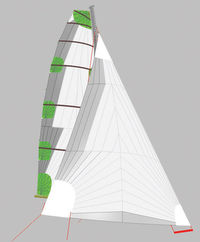
The sails are the engine of your multihull, and what’s critical is their profile. The must is to have a recent set of sails, cut from a stable material and of maximum dimensions. A gennaker and/or spinnaker is obviously a plus, especially in light airs.
Hunting down the weight, and centering it
A multihull, much more so than a monohull, is sensitive to weight; the principle is therefore to lighten your boat as much as possible before racing. Obviously, the dinghy, its outboard motor, diving gear and toys for the anchorage are obviously better left ashore. But also remember not to set off with a full tank of water and fuel, and to center the anchor and chain - to limit pitching.
Propellers, not brakes!
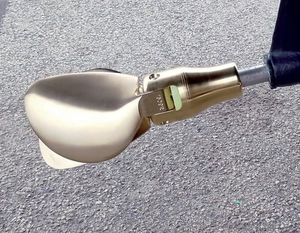
Two fixed propellers - and especially three-bladed ones - mean at least one knot is being lost and you have to make very deliberate tacking maneuvers... basically, you’re sailing with the handbrake on. Opt for folding or feathering propellers – you’ll immediately notice the difference…
New and improved deck hardware
The first thing expected from deck hardware when racing is its ease of use and robustness... but the possibility of refining the sheeting points is also essential: take care of the jib tracks and the mainsheet traveler!
Daggerboards rather than skegs
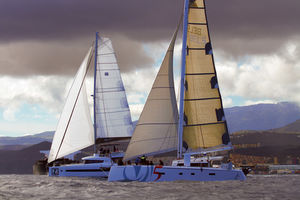
Even though some naval architects like Erik Lerouge have managed to design high performance fins, daggerboards remain overall much more efficient: better upwind heading, better surface area downwind and/or in a breeze when they are raised, and lastly, the possibility to balance the helm.
Anticipate your course and check the weather forecast
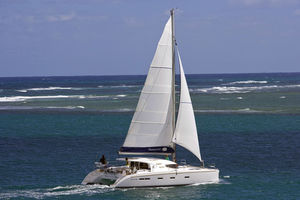
Before trying to skim across shoal depths in coral reefs, make sure that the bottom is clear enough and that the entrances are passable on the day by carefully studying the strength and direction of the expected wind, and not forgetting the swell.
Safety check and storage
Racing under sail in a group in a safe environment obviously limits the risks of the perils of the sea - ...
 Vote for your favorite multihulls!
Vote for your favorite multihulls! 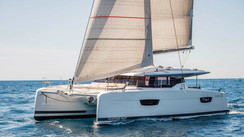
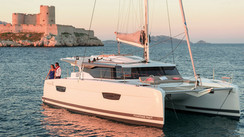
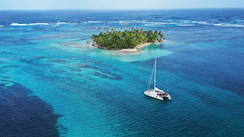
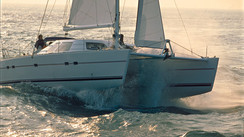
What readers think
Post a comment
No comments to show.